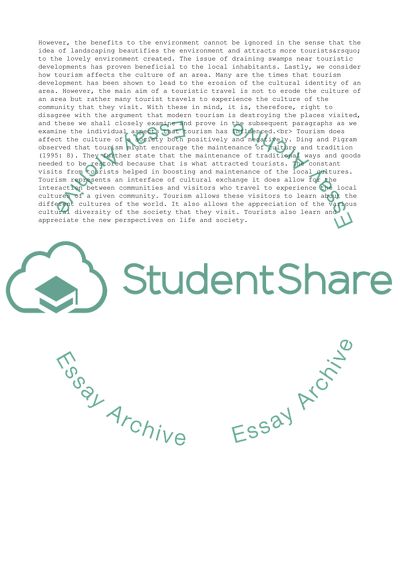Cite this document
(“Modern Tourism Industry and its Impact on the Places Visited Term Paper”, n.d.)
Modern Tourism Industry and its Impact on the Places Visited Term Paper. Retrieved from https://studentshare.org/business/1587319-modern-toursm-industry-and-its-impact-on-the-places-visited
Modern Tourism Industry and its Impact on the Places Visited Term Paper. Retrieved from https://studentshare.org/business/1587319-modern-toursm-industry-and-its-impact-on-the-places-visited
(Modern Tourism Industry and Its Impact on the Places Visited Term Paper)
Modern Tourism Industry and Its Impact on the Places Visited Term Paper. https://studentshare.org/business/1587319-modern-toursm-industry-and-its-impact-on-the-places-visited.
Modern Tourism Industry and Its Impact on the Places Visited Term Paper. https://studentshare.org/business/1587319-modern-toursm-industry-and-its-impact-on-the-places-visited.
“Modern Tourism Industry and Its Impact on the Places Visited Term Paper”, n.d. https://studentshare.org/business/1587319-modern-toursm-industry-and-its-impact-on-the-places-visited.


